Cookery Feature - Tacos - A Taste of Mexico in Ireland
Authentic Mexican food may be in fairly short supply in Ireland but – as the founder of Ireland’s first Mexican boutique grocer and cookery school, Picado Mexican in Dublin, and now author of the first cookbook to be published in Ireland by a Mexican-Irish writer - Lily Ramirez-Foran is on a mission to change all that by showcasing Mexican food beyond its clichés and misconceptions. Lily has been living and cooking in Ireland for 20 years with her Irish husband and business partner, Alan – and her first book, Tacos, is also the first book in the new Blasta Books series, recently launched by the well known Louth-based freelance editor and food writer, Kristin Jensen.
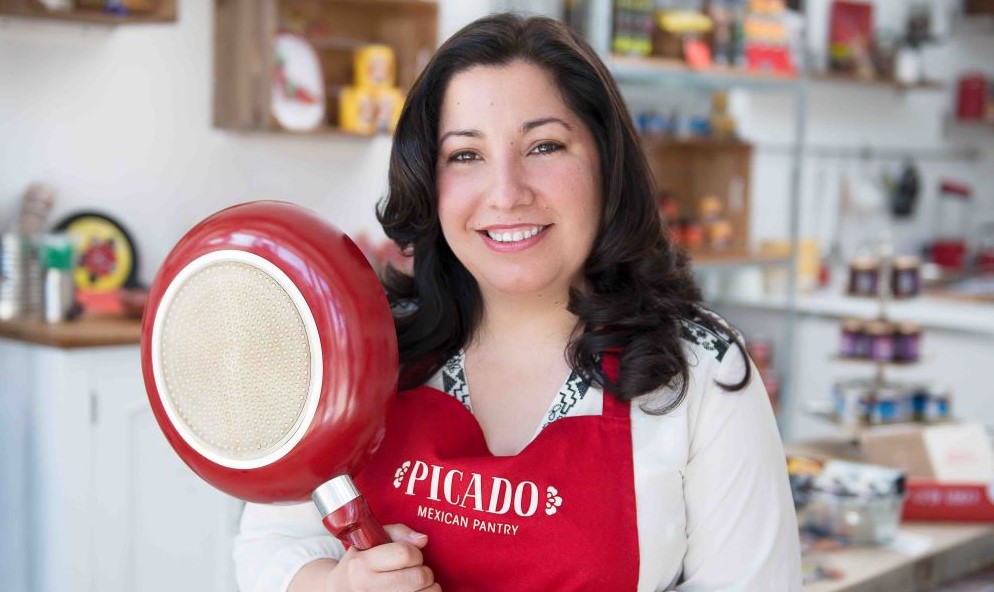
Kristin is also on a mission, in her case to offer an alternative to traditional mainstream cookbooks (‘Blasta Books are to cookbooks what street food is to restaurants, they give people a fun, accessible and affordable way to eat exciting food’) and to prioritise new, previously unpublished voices in Ireland. Described as ‘little books with big voices’, the plan is to publish four books annually (72-page A5 hardcover, all illustrated by Dublin artist Nicky Hooper) and, while each is a standalone cookbook, as a quarterly series they will also provide a more inclusive snapshot of Ireland’s modern and diverse food culture.
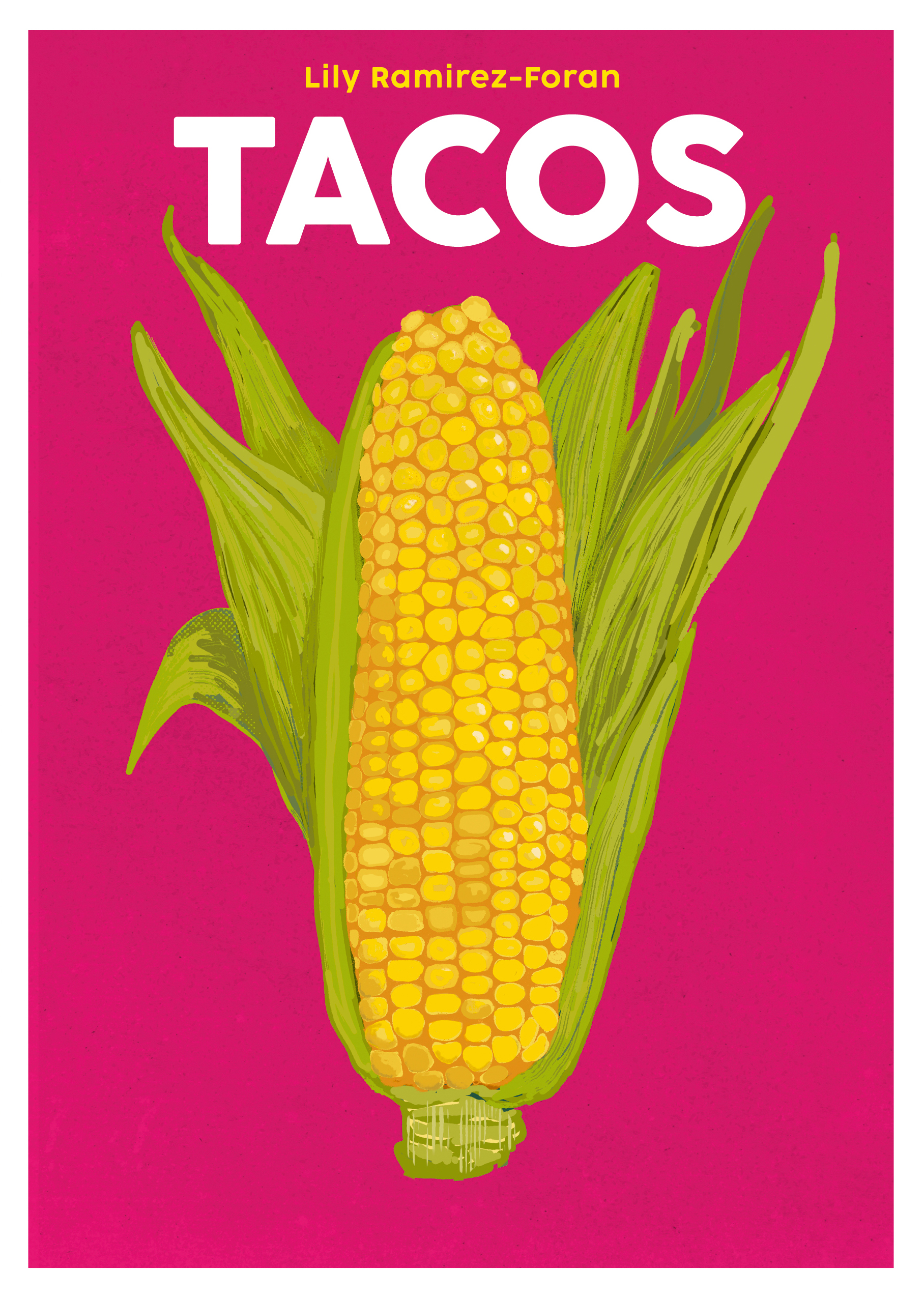
To illustrate the point about diversity and the need for an alternative to traditional cookbook publishing, the next three books in the Blasta Books pipeline are Hot Fat by Russell Alford and Patrick Hanlon; The United Nations of Cookies by Jess Murphy and Eoin Cluskey; and Wok by Kwanghi Chan. The diversity is exciting but what may come as a surprise, given that all of those authors are very well known in Irish food circles, is that none has a cookbook to their name as yet. So, plenty to look forward to and, meanwhile, Lily Ramirez-Foran’s Tacos is available online and from bookshops now and it’s laying a great foundation for the series.
As many will already know from her classes and frequent radio and TV and appearances, Lily loves nothing better than sharing how fun, vibrant and convivial Mexican food is and how easy it is to make at home. So what better way to do that than with tacos? These are the authentic flavours of Mexico, from real corn tortillas to smoky chillies, matched with the best of Irish produce. Lily is direct and very engaging and there is something for everyone here, whether you’re a carnivore, vegetarian or vegan – and there is an extra feel good factor too, as 1% of the net profits from all sales of books and merchandise from now until the end of 2022 will go to UNHCR, the UN Refugee Agency.
Tacos (€15) is published by Blasta Books (blastabooks.com). Buy from good booksops or online from Blasta Books
SAMPLE RECIPES
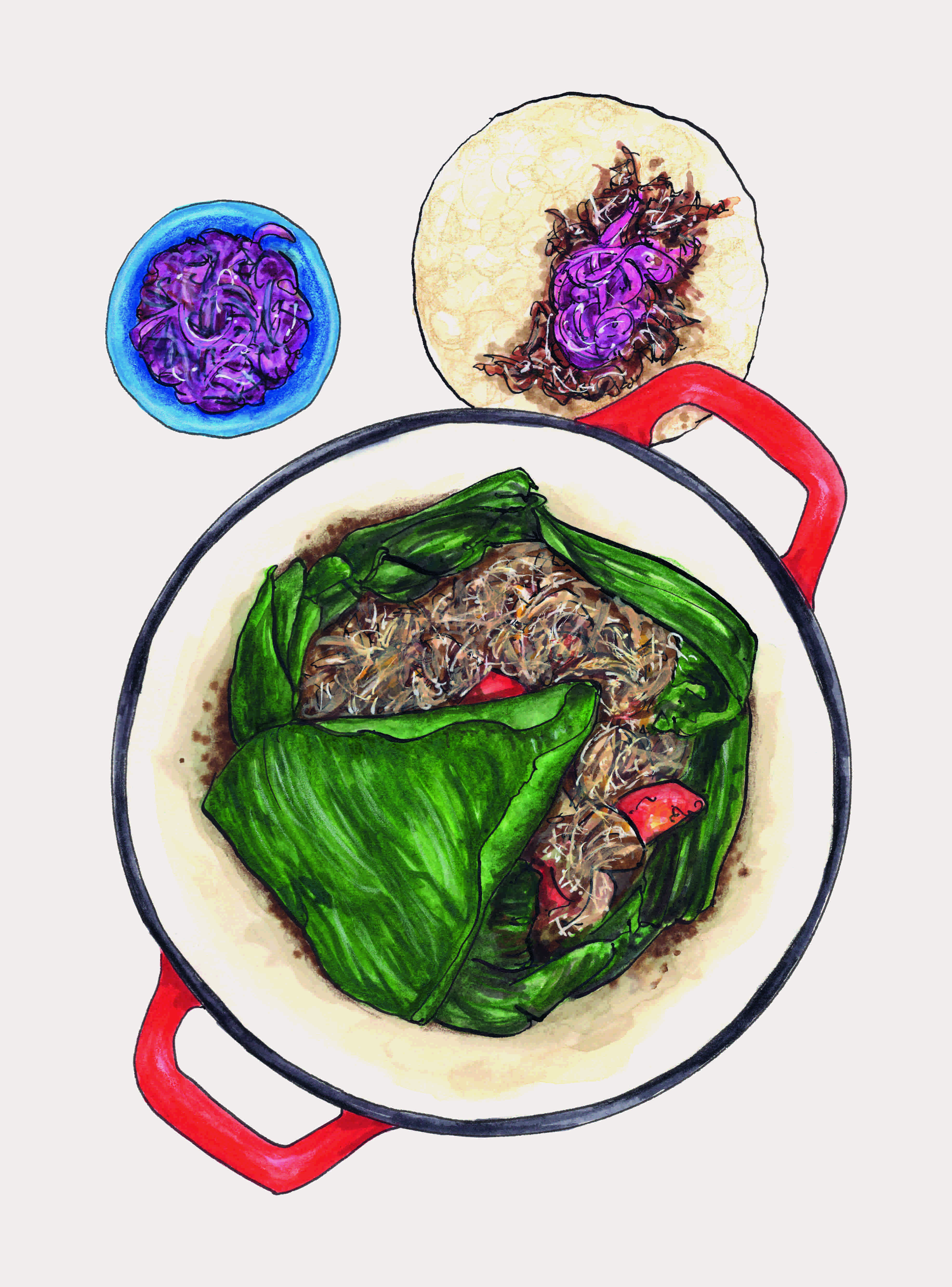 Pork pibil tacos
Pork pibil tacos
Serves 4–6
I always think of pork pibil as the dish that conquered Irish hearts: first the hearts of my Irish family, and later on the hearts of every person who came to Picado’s tortilla class and fell in love with its simplicity and wonderful flavours. I normally make mine in a pressure cooker, which, together with a blender, is an essential item in every Mexican kitchen. However, I wanted to create a slow-roasted version of the dish. I dare you not to fall in love with this recipe too.
1kg pork shoulder, skin left on, cut into three chunks
350g ripe tomatoes, cut into quarters
1 small onion, peeled and cut into quarters
5 large garlic cloves, peeled and left whole
1 x 7cm Mexican cinnamon stick
½ tsp black peppercorns
50g Mexican achiote paste
75ml apple cider vinegar
juice of 1 large orange
1½ tsp flaky sea salt
80ml water
FOR THE TACOS:
16 corn tortillas, warmed
de árbol salsa roja
red onion pickle
Preheat the oven to 150°C.
Place the pieces of pork in a large heavy-based casserole, skin facing up so it doesn’t stick. Add the tomato and onion quarters, wedging them in between the pieces of meat and on the top. Set aside.
Place the whole garlic cloves in a hot, dry frying pan over a high heat, turning them every minute or so – the aim is to have lovely golden garlic with plenty of charred bits and a sweet smell. This will take about 6 minutes. Halfway through, add the cinnamon stick to the same pan and toast it for 2–3 minutes before adding the peppercorns and toasting for 1 minute more, until they are fragrant. The kitchen should smell beautiful by now.
Transfer everything from the pan to a blender followed by the achiote paste, apple cider vinegar, orange juice, salt and 40ml of the water. Blend until smooth, then pour the sauce over the meat in the casserole. Use the remaining 40ml of water to rinse any leftover sauce out of the blender and pour this into the casserole too.
Cover with a piece of parchment paper cut to fit your casserole and cover the casserole with its lid. Transfer to the oven and roast for 3½ hours.
Take the casserole out of the oven and uncover the meat. Everything should be soft so, using two forks, shred the meat and crush the tomatoes and onions, making sure to mix everything together – there should be enough sauce to coat everything well. I normally just carry the casserole to the table and let the meat rest and soak up all the flavours of the sauce while I get everything else together.
Set the table and bring over bowls of the de árbol salsa roja and red onion pickle to add a little heat. To assemble your tacos, add some pork to a warm corn tortilla, then spoon over some of the salsa and red onion pickle.
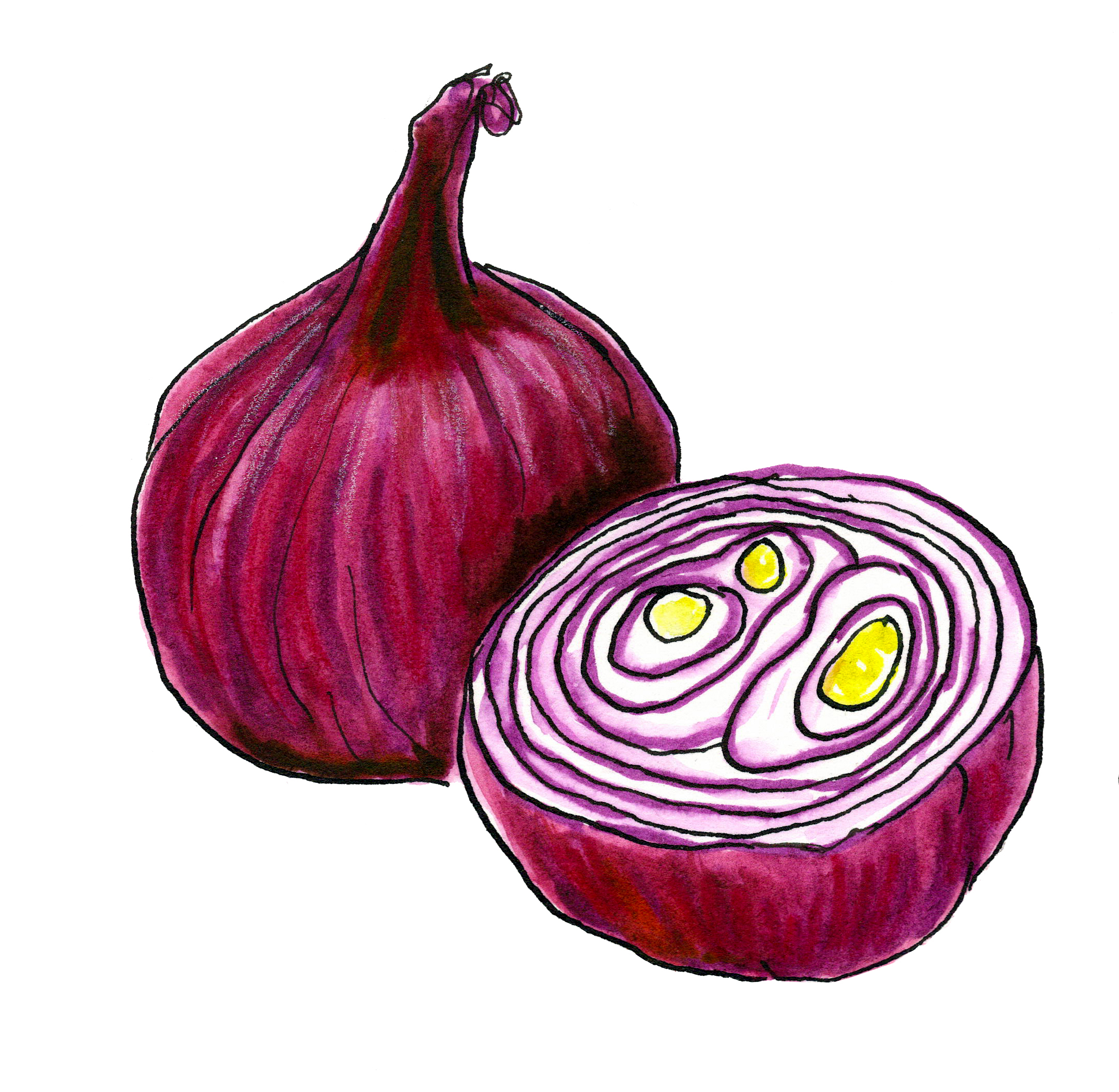 Red onion pickle
Red onion pickle
Serves 4–6
Hand on heart, this is the quickest and easiest pickle you’ll ever make. It’s traditionally served with pork pibil tacos or any other pibil-style dishes. The acidity of the pickle combined with the sweetness of the onion cuts through the fattiness of the pork – it’s a match made in heaven. If you are worried about heat, use only a quarter of a habanero chilli or leave it out altogether, it tastes good with or without it. This pickle is also delicious in cheese sandwiches or with a steak.
2 small red onions, peeled
½ small red habanero chilli (optional)
60ml extra virgin olive oil
60ml apple cider vinegar
¼ tsp dried Mexican oregano
½ tsp flaky sea salt
½ tsp freshly ground black pepper
Cut the onions in half lengthways from tip to root and slice them thinly, making sure every slice is the same thickness. Cutting the onion lengthways instead of around the ‘equator’ like you might usually do may feel a little unnatural, but if you are doing this by hand with a knife (as opposed to using a Japanese mandolin, like I do), you’ll notice that it’s easier to get slices that are a consistent thickness, which is of paramount importance for this recipe. If you have variations in thickness, you’ll find that the slices pickle at different times so you will have some soft slices and some that are still crunchy. But every food processor comes with a slicing disc that will do all this for you.
Thinly slice the habanero chilli (if using), making sure to wash your hands well with plenty of cold water and soap both before and after touching the chilli. I don’t bother deseeding the chilli (no self-respecting Mexican would!), but if it makes you feel better, go ahead and deseed it – just be warned that doing so doesn’t get rid of the heat.
Boil your kettle and put the sliced onions and chilli in a medium-sized heatproof glass bowl (or something non-reactive). Pour the boiling water over the onions and chilli until they are all covered. Soak for 2–3 minutes – this partly cooks the onions and takes out some of their harshness. Set aside while you get the pickle going.
Combine the oil, vinegar, oregano, salt and pepper in a glass jug and mix with a small whisk or fork until well combined. Taste and check the seasoning – it should be sharp and well-seasoned, so add a little more salt and pepper if needed.
By now your onions should be almost translucent and the water should look a little cloudy. This is a sign that the onions are ready, so carefully strain the contents of the bowl, making sure to get rid of as much water as possible. Return the onions and chilli to the warm bowl – this is super important! Don’t use a clean bowl. You need the same bowl that you soaked the onions in, as it’s hot and that will help with the pickling.
Give the pickling liquid one final whisk and immediately pour it over the hot onions and chilli. The heat of the bowl and the heat of the onions will help the liquid to emulsify and it will kickstart the pickling process. Mix everything well with something non-reactive, like a rubber spatula or a wooden spoon, making sure everything is coated with the pickling liquid. My grandmother always warned us not to work with vinegar and metal utensils, as they may react chemically. A lot of the metals are now okay to use, but I keep the tradition just in case!
Set aside, uncovered, at room temperature for 1½–2 hours, stirring every half hour or so. As the onions pickle, you’ll see them getting pinker and softer. I don’t cover the bowl until its contents are completely cold. If you cover it while it’s pickling, it might sweat and the condensation will drop back into the pickle, adding unnecessary moisture to the recipe, or worse, creating an environment where bacteria could grow.
If I have leftovers, which rarely happens, I store them covered with a cheesecloth or a thin tea towel in the coolest part of the kitchen (not in the fridge) for two days max. The fabric cover allows the pickle to breathe and prevents cross-contamination. I never bother bottling this pickle in sterilised jars as it’s so easy to make a fresh batch and it tastes better.
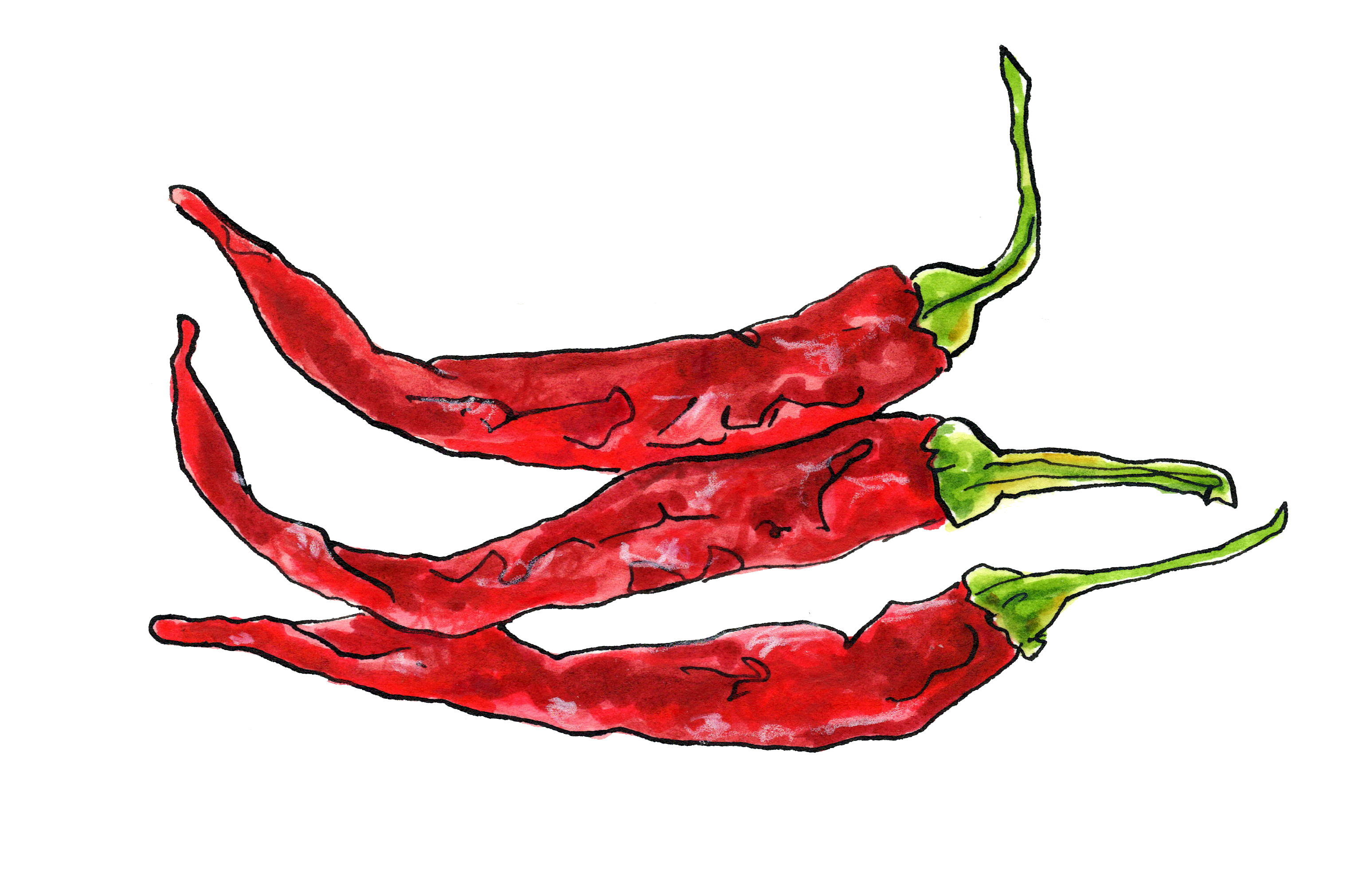 De árobl salsa roja
De árobl salsa roja
Serves 4–6
This is the salsa we make at home when we want something tasty that goes with loads of things. It’s great on eggs, steamed potatoes or with tortilla chips. You can make it as hot or as mild as you want by adjusting the amount of chilli in it – using 5 grams of dried de árbol chillies makes a medium-hot salsa (well, it’s medium-hot to me anyway!). The secret is to cook it in a small pan with a tight-fitting lid; trust me on that.
2 tsp olive oil
450g medium-sized ripe vine tomatoes
5g dried de árbol chillies
2 spring onions, ends trimmed
1 large garlic clove, peeled and left whole
1 vegetable stock cube
1 small bunch of fresh coriander
flaky sea salt, to taste
Heat the oil in a small non-stick frying pan (one with a tight-fitting lid) over a high heat. Add the tomatoes, chillies, spring onions and garlic. You might need to cut the spring onions in half so that they fit in the pan, but everything else goes in whole. As soon as it starts to sizzle, cover the pan with its lid and lower the heat to medium.
Set a timer for 20 minutes and resist the temptation to lift the lid during this time. This is super important, as the condensation that builds up inside the pan goes into the lid and then drops back into the tomatoes, showering them with moisture and giving your salsa the right consistency.
Once the timer goes, your tomatoes should have burst a little and be fully cooked. Transfer the contents of the pan, including every bit of juice and oil, into a blender or food processor. Add the stock cube and the coriander (stems and all) and blend everything together until you have a smooth, creamy salsa. Check for seasoning and adjust as necessary. I never add salt to this salsa until I taste it first, as some stock cubes can be quite salty.
This salsa lasts for a week in the fridge, covered. I don’t particularly like freezing tomato-based salsas, as the texture is never right afterwards, so if you have leftovers, think of creative ways to use it in your meals. It’s so good, you won’t have a problem!
Recipes from Blasta Books #1: Tacos by Lily Ramirez-Foran €15, published by Blasta Books blastabooks.com





There are currently no comments
Leave a comment
Not a member? Register for your free membership now!
Or leave a comment by logging in with: